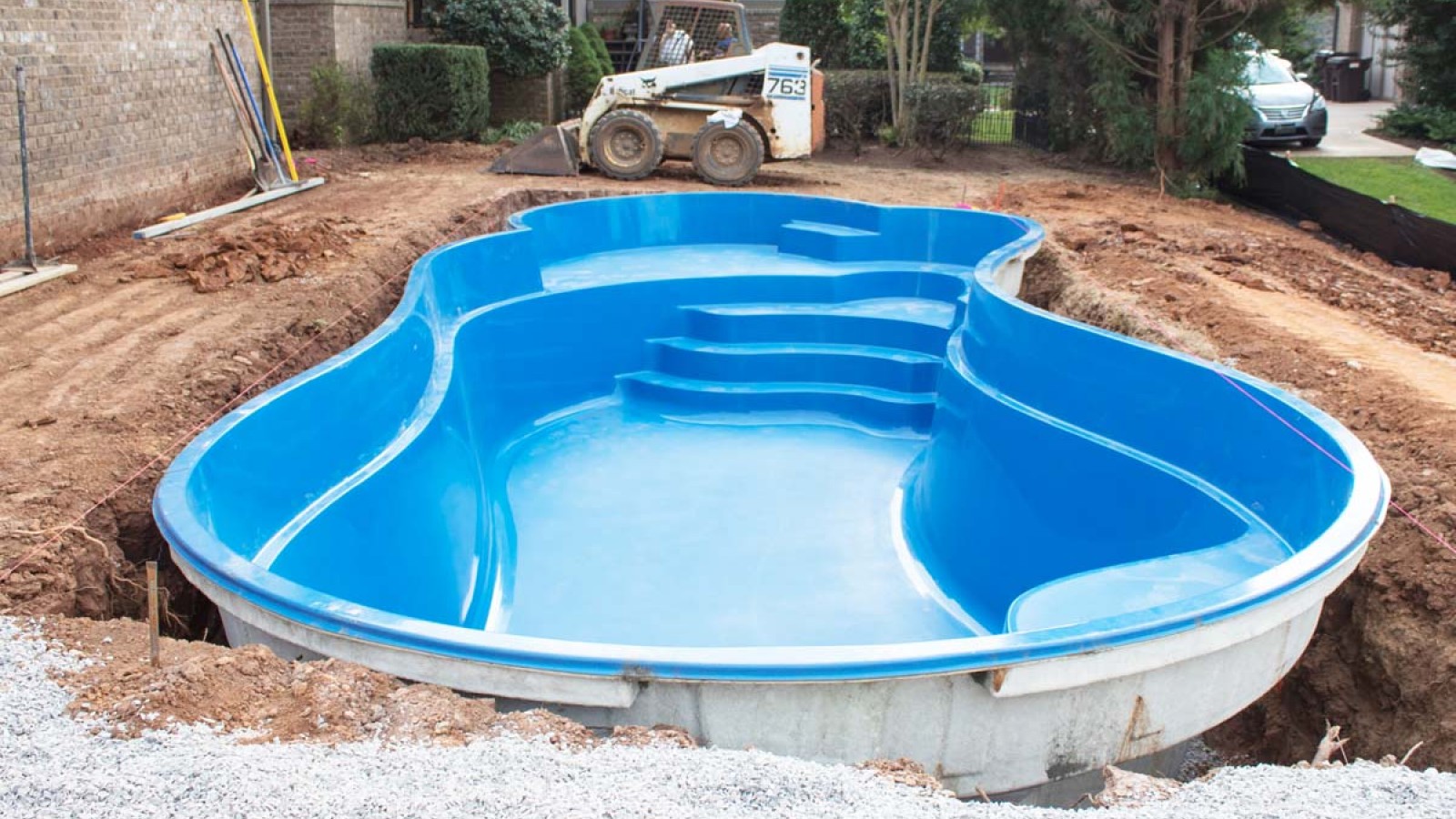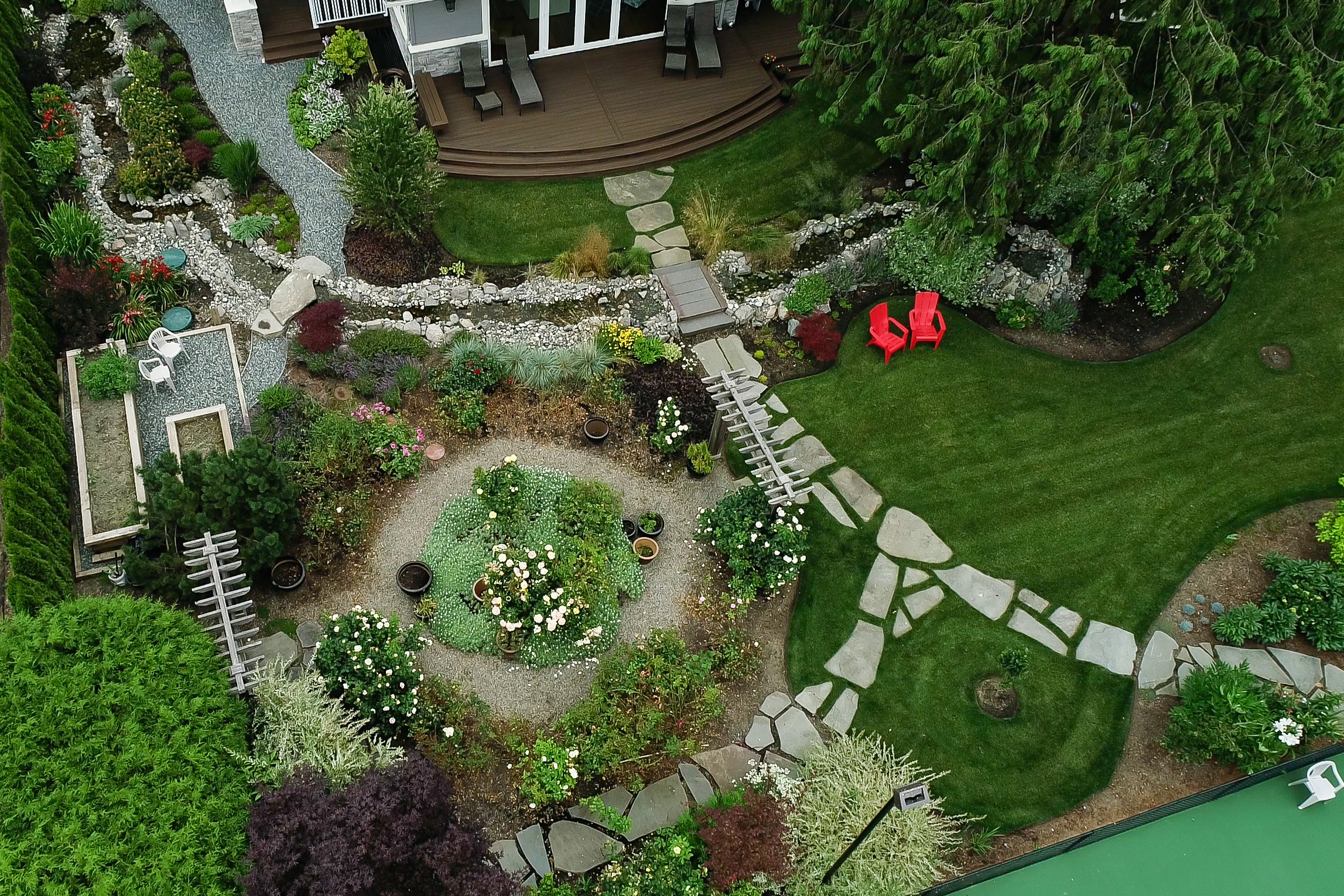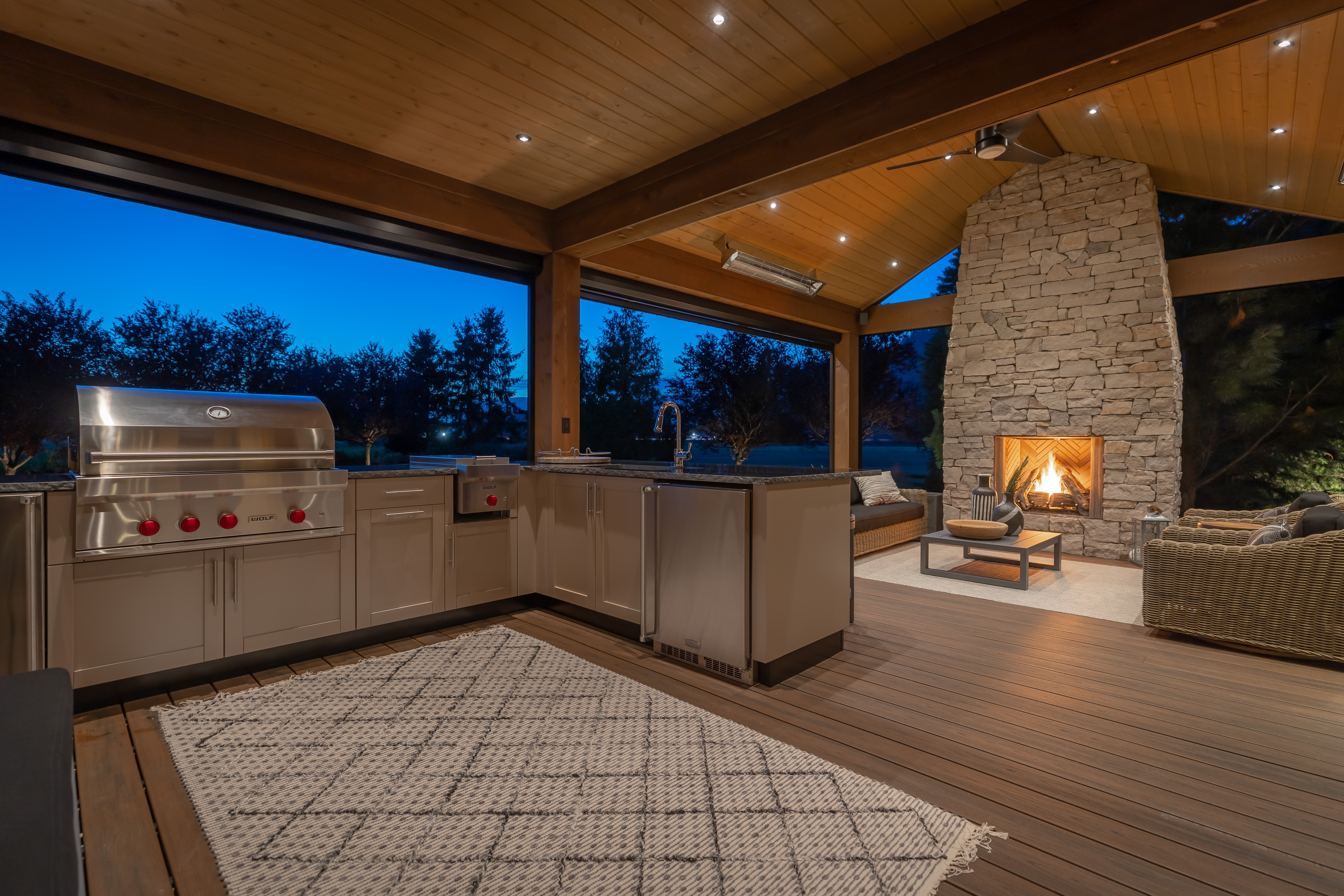
What You Need to Know About Landscape Lighting in B.C.
Choose the right fixtures and avoid these common mistakes
A deep-dive into the four main types of backyard pools.
Taking the plunge to add a pool to your backyard is one of the best ways to elevate your outdoor space and maximize those warm summer days with your loved ones.
But knowing what type of pool and what materials to use can be difficult — especially if it’s your first time!
To help you decide, we’ve weighed the pros and cons for some of the most common pool types out there.
If you’re installing a pool on a limited budget, a vinyl-lined in-ground swimming pool is a great option. They’re much cheaper than their concrete counterparts and can be cut to any shape or depth you want. This means that if your space is irregularly shaped, a pool can be custom built to match your backyard.
The main drawback of vinyl-lined pools is the liner durability. Depending on use and size, the lining may need to be replaced every 7–12 years. The replacement process is fairly quick as opposed to redoing a concrete surface, but it’s the added cost you should keep in mind. Many people even prefer the feeling of vinyl as opposed to concrete that has aged a bit, and there are a lot of different colour choices!
While slightly more expensive than vinyl, concrete pools last longer, have a distinctly contemporary look and can be designed to any shape and depth. Because of their durability, concrete pools add a lot of property value. This should be welcome news if you ever decide to sell your home!
However, concrete does have a few downsides. It can take longer to build and requires more maintenance. Concrete pools need resurfacing work every 8–15 years and can be rough to the touch. This may not be the best option if you have small children as it might be too harsh on their feet.
If you’re looking for an easy, low-maintenance pool, fibreglass pools can be a third option. They have a non-porous surface, making it hard for algae to grow — and if you use a salt chlorinator, the maintenance needed is minimal. However, I don’t typically recommend them. Here’s why.
The downsides to fibreglass pools are two-fold. First, fibreglass pools are made from a mould, limiting how much flexibility you can have when customizing your space and shape. Second, depending on the shape, it can be difficult to backfill against and underneath the mould. If ANY settling occurs this could affect your pool and it may need to be emptied and reinstalled. If choosing fibreglass, it's important to use a trusted, reputable installer.
Bring the cottage to your backyard with a natural pool! Inspired by natural springs and lakes, a natural pool or swimming pond invites nature back into your outdoors and is an organic take on the traditional chlorine-filled pool.
Natural pools are aesthetically pleasing and can also provide a chemical-free water environment that’s safe to swim in. If you have sensitive skin or simply don’t like that eye-stinging pain resulting from swimming in chlorinated water for too long, natural pools are a great choice!
Since they’re customizable, natural pools can be a cost-effective option that will blend well with the landscape of the rest of your space.
One of our featured projects in Langley includes a natural wading pond — check it out!
Whatever pool type you decide on, when it comes time to start your project — especially if it’s your first time — always consult with the experts. If you’re ready to take the plunge, schedule a consultation with us today.

Choose the right fixtures and avoid these common mistakes
How to choose the right perennials for your garden and some of our favourite choices!
The five traits that are sure to lead to a great design
Bring the soothing sound of water to your backyard
Where to start, what appliances to choose and four major details you can’t miss.
Your guide to a fresh and bountiful harvest









